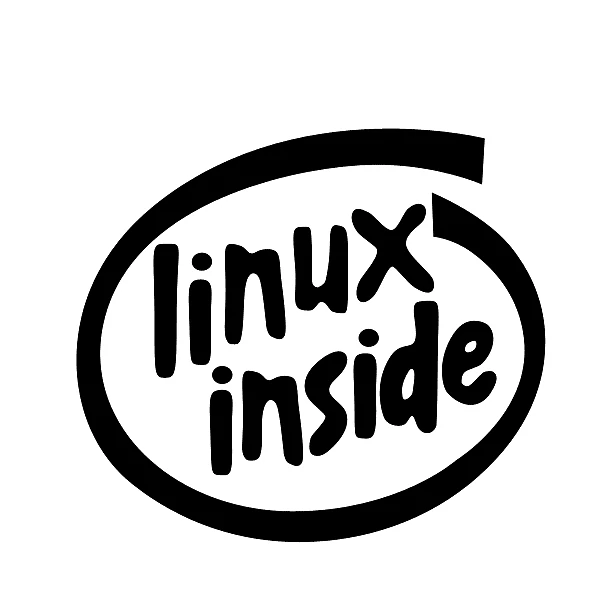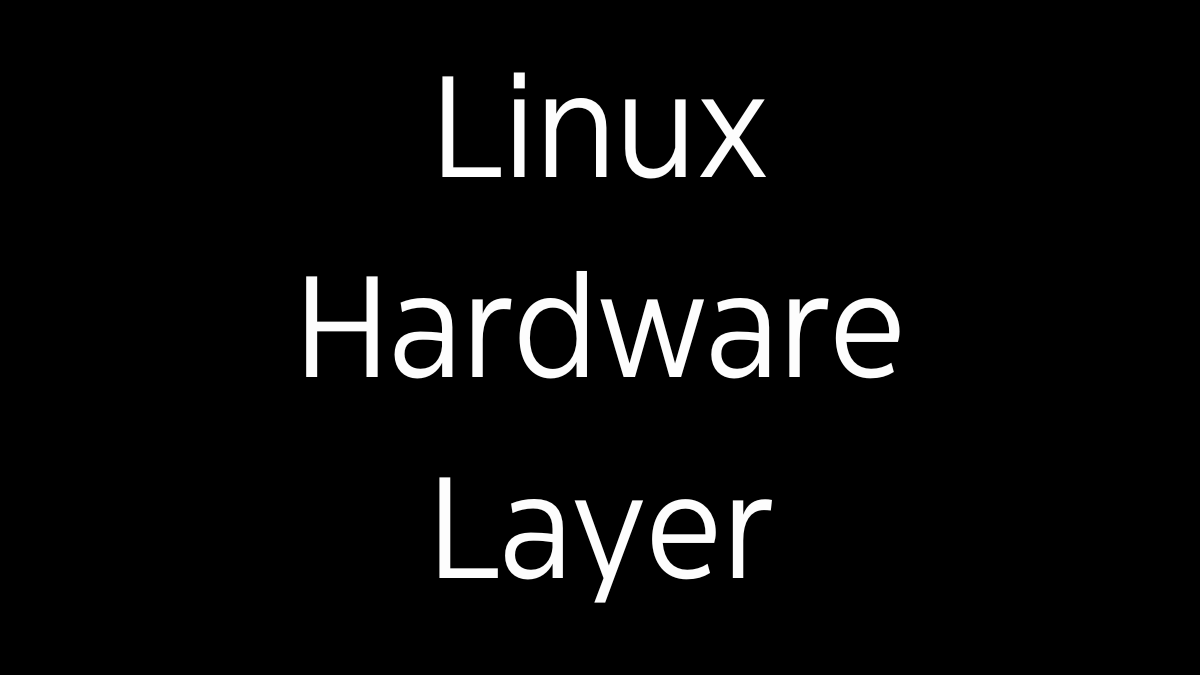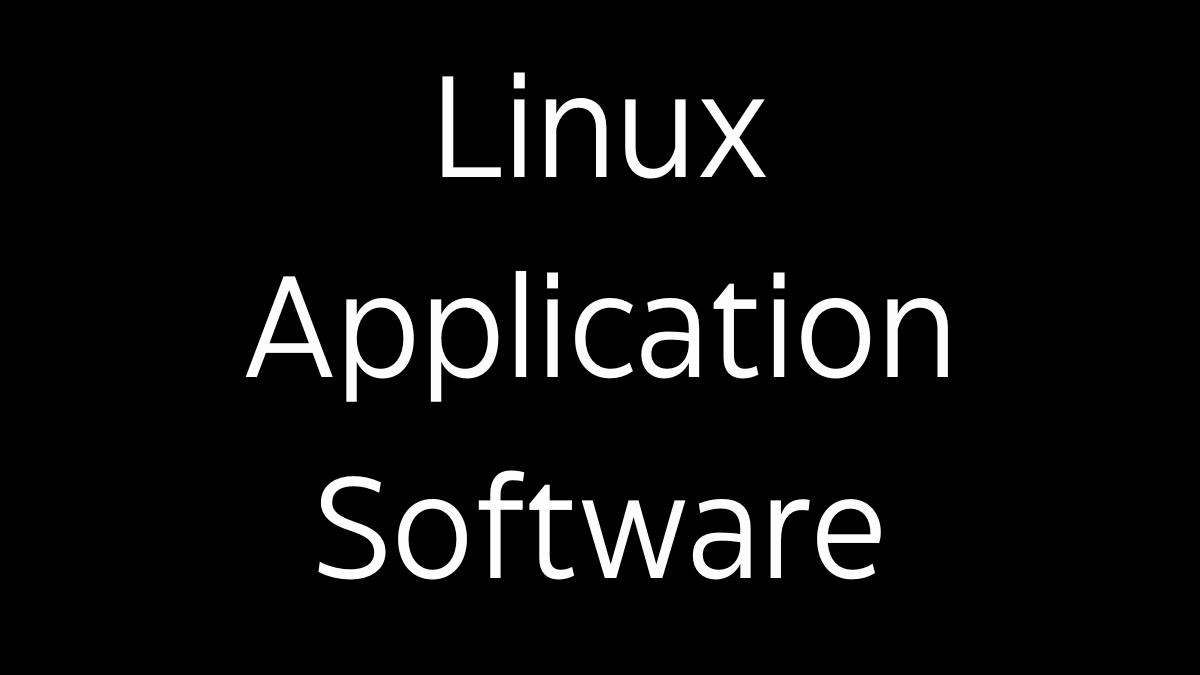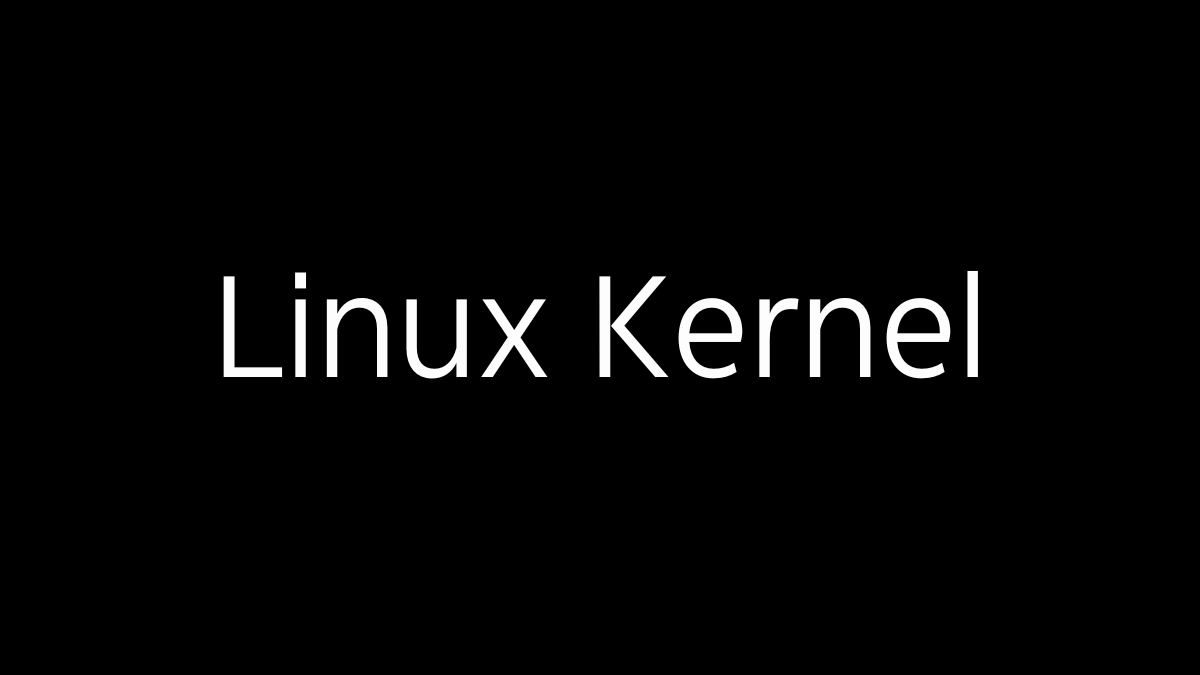Introduction
The Linux operating system (OS) is a free and open-source software platform that powers a wide range of devices, from personal computers and servers to smartphones and embedded systems. It is built around the Linux kernel, but the complete operating system includes much more: a suite of system utilities, libraries, graphical interfaces, and applications that together create a fully functional computing environment. This overview will cover the main components of the Linux OS software, including the kernel, system utilities, package management, graphical user interfaces (GUIs), and common distributions.
1. Linux Kernel
- Purpose: The kernel is the core component of the Linux OS. It manages the system’s resources, such as CPU, memory, and devices, and provides the necessary services for software to run. The kernel handles tasks like process management, memory management, device drivers, and system security.
- Key Features:
- Process Management: Scheduling and executing processes, managing multitasking.
- Memory Management: Allocating memory to processes, managing virtual memory.
- Device Drivers: Interface with hardware devices like disks, network cards, and GPUs.
- File System Management: Organizing and managing data storage.
- Networking: Handling data transmission over networks, implementing protocols like TCP/IP.
2. System Utilities and Tools
- Purpose: These are essential programs that provide basic functionality for the OS. They include tools for managing files, processes, users, and system configuration.
- Key Utilities:
- File Management:
cp,mv,rm,mkdir,ls, andfindare some basic file manipulation commands. - Process Management:
ps,top,kill,nice, andsystemctlfor managing and monitoring processes. - User Management:
useradd,passwd,chown,chmod, andsufor managing users and permissions. - Networking Tools:
ifconfig,ip,ping,netstat, andsshfor network configuration and communication. - System Monitoring:
dmesg,journalctl,uptime, andfreefor monitoring system performance and logs.
- File Management:
3. Shells
- Purpose: The shell provides the command-line interface (CLI) for interacting with the OS. It interprets user commands and scripts and executes them.
- Common Shells:
- Bash (Bourne Again Shell): The default shell on most Linux distributions, known for its scripting capabilities.
- Zsh (Z Shell): An enhanced shell with powerful customization options and advanced features.
- Ksh (Korn Shell): A shell with advanced scripting capabilities, popular in enterprise environments.
- Fish (Friendly Interactive Shell): A user-friendly shell with modern features and an intuitive interface.
4. Package Management
- Purpose: Package managers automate the process of installing, upgrading, configuring, and removing software packages. They are critical for maintaining and managing the software ecosystem on a Linux system.
- Common Package Managers:
- APT (Advanced Package Tool): Used by Debian-based distributions like Ubuntu. Commands include
apt-get,apt-cache, anddpkg. - YUM/DNF: Used by Red Hat-based distributions like Fedora and CentOS.
dnfhas replacedyumin recent versions. - Pacman: The package manager for Arch Linux, known for its speed and simplicity.
- Zypper: Used by openSUSE, providing a robust package management experience.
- RPM (Red Hat Package Manager): A low-level package management tool used in various distributions, particularly Red Hat-based systems.
- APT (Advanced Package Tool): Used by Debian-based distributions like Ubuntu. Commands include
5. Graphical User Interfaces (GUIs)
- Purpose: The GUI provides a user-friendly graphical interface for interacting with the OS, as opposed to the command-line interface.
- Common Desktop Environments:
- GNOME: A popular, user-friendly desktop environment with a focus on simplicity and ease of use.
- KDE Plasma: A highly customizable and feature-rich desktop environment known for its flexibility.
- Xfce: A lightweight desktop environment designed for performance and low resource usage.
- LXQt: An even lighter desktop environment, suitable for older hardware or systems with limited resources.
- Cinnamon: A desktop environment that offers a traditional desktop experience, commonly used in Linux Mint.
- Display Servers:
- X11: The legacy display server used by most Linux distributions, providing the basis for GUI operations.
- Wayland: A modern display server protocol intended to replace X11, offering better performance and security.
6. Libraries
- Purpose: Libraries provide reusable code that can be shared by multiple applications, reducing redundancy and improving efficiency. They are crucial for application development and runtime functionality.
- Key Libraries:
- GNU C Library (glibc): The standard C library used by Linux applications, providing core functions like input/output, memory management, and string handling.
- OpenSSL: A widely-used library for implementing secure communication over networks.
- GTK and Qt: Libraries for creating graphical user interfaces. GTK is used by GNOME, while Qt is used by KDE.
- libstdc++: The GNU implementation of the C++ Standard Library, providing essential components for C++ programs.
7. Common Applications and Software
- Web Browsers: Firefox, Chromium, and other web browsers for accessing the internet.
- Office Suites: LibreOffice, a free and open-source office suite compatible with Microsoft Office formats.
- Text Editors: Vim, Emacs, Nano, and graphical editors like Gedit and Kate for coding and text manipulation.
- Multimedia: VLC media player, Audacity for audio editing, and GIMP for image manipulation.
- Development Tools: GCC (GNU Compiler Collection), Git (version control), and various IDEs like Visual Studio Code and Eclipse.
8. Linux Distributions
- Purpose: A Linux distribution (or distro) is a packaged version of the Linux OS that includes the Linux kernel, system utilities, libraries, and additional software. Different distributions are tailored for various use cases, such as desktop, server, or embedded systems.
- Popular Distributions:
- Ubuntu: A user-friendly distribution based on Debian, widely used for desktops, servers, and cloud environments.
- Fedora: A cutting-edge distribution sponsored by Red Hat, known for including the latest software and technologies.
- Debian: A stable and community-driven distribution known for its rigorous testing and wide range of supported software.
- Arch Linux: A minimalist and rolling-release distribution that provides users with complete control over their system.
- CentOS: A free, community-supported distribution that is functionally compatible with Red Hat Enterprise Linux (RHEL).
- openSUSE: A distribution known for its stability and YaST configuration tool, available in both stable (Leap) and rolling-release (Tumbleweed) versions.
- Linux Mint: A distribution based on Ubuntu, designed to be easy to use, particularly for users transitioning from Windows.
Conclusion
The Linux operating system is a complex and highly customizable platform that provides a rich set of tools and software for a wide range of applications. From the core kernel that manages hardware resources to the graphical interfaces that make the system user-friendly, Linux offers a versatile and powerful environment for computing. With a vast array of distributions tailored to different needs, Linux continues to be a popular choice for users, developers, and organizations around the world.





